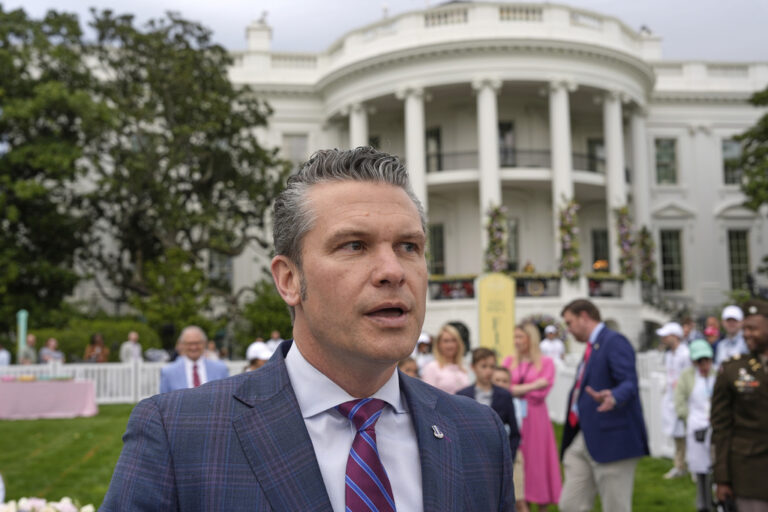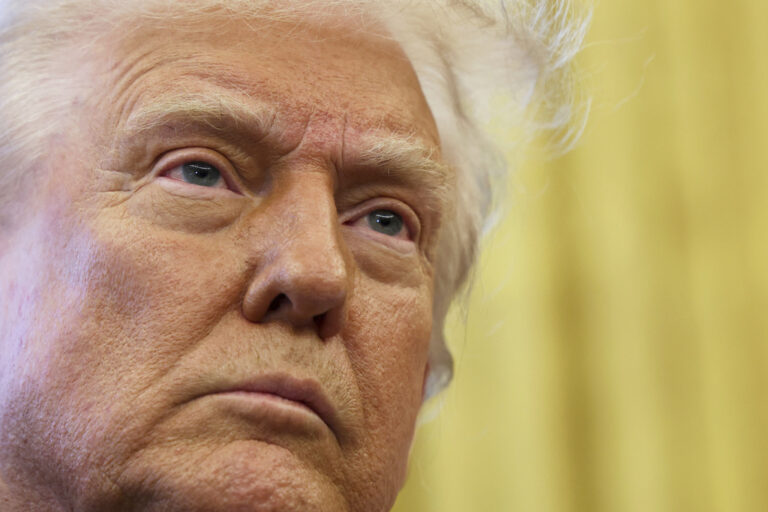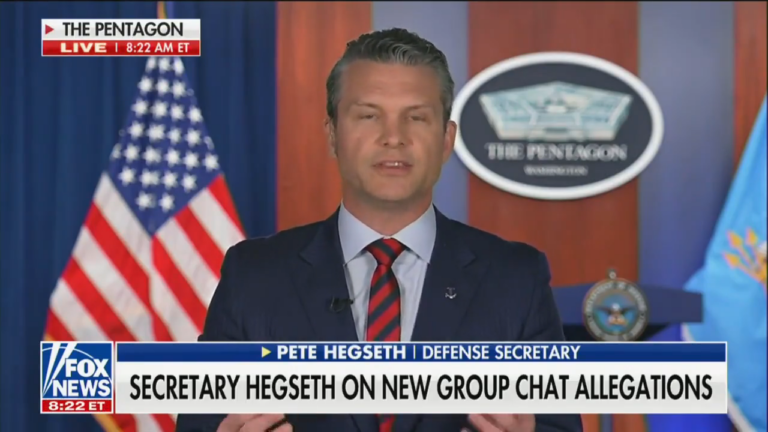 Like his predecessor, President Donald Trump seized on a go-it-alone strategy for fast-tracking his agenda. It took him two weeks to run into the nation’s system of checks and balances.
Like his predecessor, President Donald Trump seized on a go-it-alone strategy for fast-tracking his agenda. It took him two weeks to run into the nation’s system of checks and balances.
The legal battle over his executive order on immigration and refugees is a surprisingly early demonstration of a lesson all presidents learn eventually. Governing by executive action may appear easier and faster, but it carries its own legal and political risks.
President Barack Obama was confronted with that reality late in his tenure when, thwarted by the GOP-controlled House, he used what he called a “pen and phone” strategy to advance his agenda. He ultimately found one of his most sweeping actions, the expansion of a program deferring deportation for some immigrants, blocked by the courts, while Republicans blasted him for what they said was an abuse of power.
Republicans have been notably quiet as Trump has taken a similar approach, particularly taking advantage of the precedent giving the president broad leeway when it comes to immigration.
A federal judge’s order in Seattle Friday evening blocking Trump’s ban on admitting travelers from seven predominantly Muslim countries showed the limits of the president’s powers and the role of checks and balances among the three branches of government. The administration appealed the judge’s order, but the higher court denied its request for an immediate stay that would have enabled Trump to reinstate the ban.
The State Department cancelled visas for about 60,000 people from the affected countries; the legal setbacks had many rushing to restore their documents and find flights to the United States over the weekend.
Trump isn’t alone in trying to maximize executive muscle. Presidents rarely voluntarily restrict their own power. And recent presidents also have used a burst of unilateral action to spur progress at the start of their administrations and to set a tone for Congress, where legislation often moves slowly.
Trump’s opening weeks have shown he’s likely to rely on the Republicans who hold a majority in Congress to pass top agenda items like overhauling the “Obamacare” law, changing the tax code and repairing aging roads and bridges.
The president has also signed a blitz of actions on border security, health care and financial regulation, showing few signs of slowing down.
On Friday, Trump’s administration imposed sanctions on companies and individuals in response to Iran’s recent ballistic missile test — after months of bitter criticism of Obama’s landmark nuclear deal with Tehran.
Still, his actions stand out for their sweep and haste. On some issues, Trump didn’t just leapfrog Congress, where his own party is in control, he cut Republicans out of the consultations and rollout of his plans.
“I think that Trump has been unusually aggressive in the scope of what he is trying to do and also I think remarkably casual in issuing orders and other actions that don’t appear to have gone through what would be a typical process of reviewing and vetting and consideration,” said Kenneth Mayer, a University of Wisconsin professor who has studied executive actions by presidents.
Since Inauguration Day, Trump has signed 20 memoranda and executive orders. That number is in line with Obama’s first two weeks. One of his orders directly reversed one of Obama’s early orders: The former president signed a memorandum in his first week in 2009 rescinding a ban on providing federal money to international groups that perform or provide information on abortions. Trump reinstituted the regulation, known as the “Mexico City Policy,” on his first day in office.
In this, Mayer said Trump’s use of unilateral powers has shown some similarities to a general pattern set in 1993, 2001 and 2009 — when the White House switched parties.
But he added that “there’s a big qualification.” None of those incoming presidents sparked the controversy that Trump did last week. Chaos at airports and concern around the world quickly followed Trump’s signing of the executive order to temporarily ban all refugees and also travelers from seven Muslim-majority countries.
The president said quick, forceful action was needed to reduce the threat of terrorist attacks.
The executive actions on immigration have led to lawsuits. Interest groups also have vowed to challenge any unilateral efforts to curtail Obama’s environmental regulations and other rules.
Despite his initial flurry of action, Obama became more reliant upon executive orders during his second term, when he faced opposition from Republicans. “I’ve got a pen and I’ve got a phone,” he declared at one point, promising public orders and personal efforts to build support. When he acted unilaterally on immigration in 2014, providing temporary legal status to millions living in the U.S. illegally, Republicans insisted he was acting illegally.
The House speaker at the time, John Boehner, accused him of acting like a king or an emperor.
This time, with full control of the White House and Congress, Republicans have been largely muted in their assessments of Trump’s executive actions.
A notable exception has been Arizona Sen. John McCain, who warned Trump not to allow the resumption of enhanced interrogation techniques such as waterboarding following reports that the new administration was planning a review.
“The president can sign whatever executive orders he likes. But the law is the law. We are not bringing back torture in the United States of America,” McCain said.
Democrats are broadly and bitterly opposed to Trump’s proposals — on the health care law, oil pipelines and the border wall — as well as the unilateral way he’s going about pursuing some of them.
“What he is doing is reprehensible to them in most cases,” said Steve Elmendorf, a Democratic strategist and former aide to former House Democratic leader Dick Gephardt. The go-it-alone approach, Elmendorf said, is “going to inflame the base of the party and make it hard for Democrats to work with him on other issues.”
Even members of Trump’s own party have distanced themselves from the rollout of his executive orders on immigration. Sen. Lindsey Graham of South Carolina said that Trump “didn’t think it through” and the orders were a “classic example of putting something out there that wasn’t ready for prime time.”
But Graham said the bumpy start still pales in comparison to Obama’s use of executive action, pointing to federal courts blocking the former president’s executive actions on immigration and a piece of his health care overhaul.
“Look what Obama did. His executive orders got struck down by the court. I’m not going to listen to a bunch of Democrats complain about Trump when they sat on the sidelines and did nothing about Obama,” he said.
(AP)











One Response
RISK that the AP and other liberals media organizations are very upset!